ABOUT JAIPUR
Jaipur is popular as the “Pink City”, one of the historic and colorful city of India.
Founded in 1727 by the great warrior and astronomer Maharaja Jai Singh II, Jaipur Serving as the Capital of Rajasthan,
Jaipur is home to architectural marvels like City Palace, Albert Hall Museum, Hawa Mahal, Jal Mahal, Jaigarh Fort, Nahargarh Fort and Amer Fort and people from all over visit the city to witness these beauties.
Jaipur is universally famous for its aesthetically beautiful and precise architecture. This city is also known to be India’s first-ever well-planned city.
This pink-walled city also showcases its exceptional artisanship through the flamboyant bazaars that are famous for its exotic wares, tie-dye scarves, blue pottery, jewelry and leather embroidered shoes.
A rich blend of diverse lifestyles and architecture exists within its boundaries that reflect modernity even in its ancient royal culture.
This city is also an opulent convergence of pageants, traditions, civilization, festivals, fairs, customs, cultures and monuments.
It hosts much-anticipated Jaipur Literature Festival, Teej, Kite Festival, Elephant Festival and glamorous Diwali festivities annually.
Currently expanded well beyond its original architectural plan, Jaipur is now a booming economy plus India’s primary cultural center.
Jaipur is well connected almost every part of India through the means of air, railways and road.
Places to visit in JAIPUR
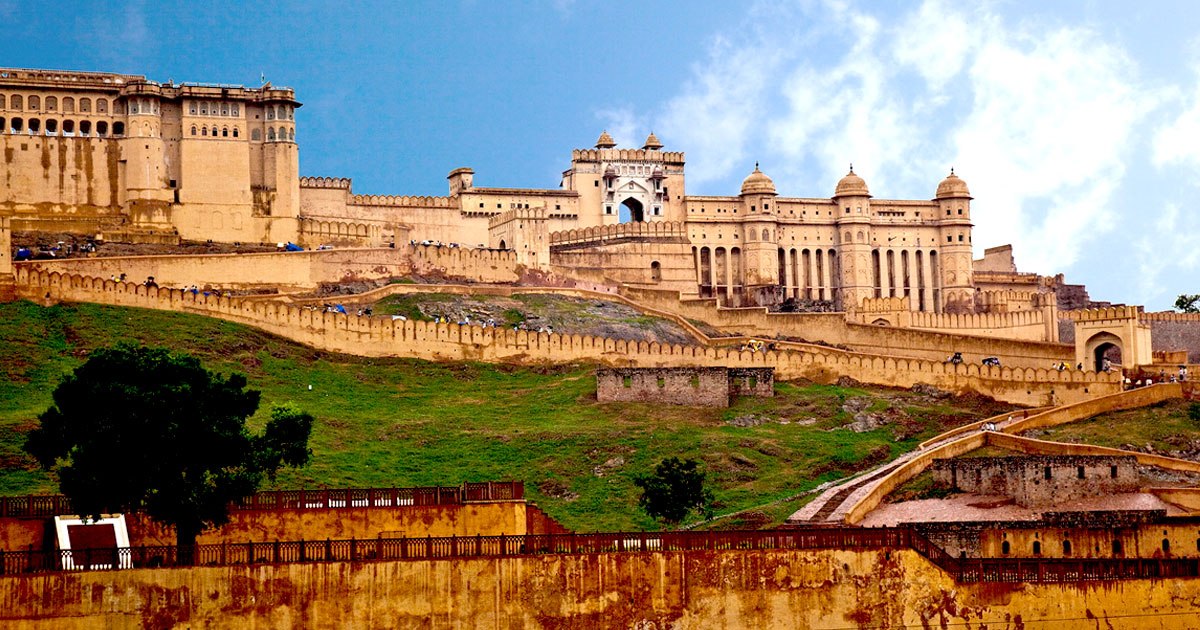
Amer Fort
Amer Fort is situated in a town called Amer which is located at around 11km from Jaipur. The fort is built on Hindu architectural background having gates, temples, palaces, and other structures. For providing water inside the fort, there is a Maota Lake nearby. The materials used in the construction of the fort are marble and red sandstone. The fort is also known as Amer Palace due to the presence of temples and gardens.
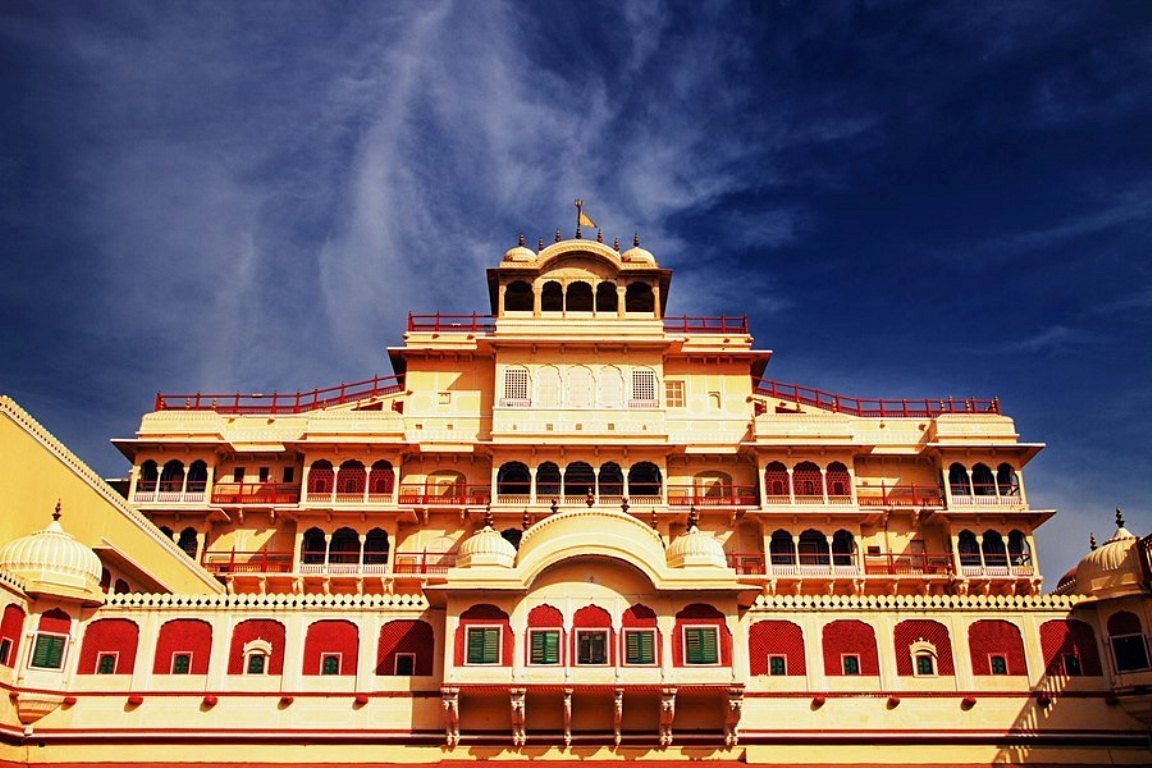
City Palace
Maharaja Sawai Jai Singh II established the City Palace in 1727 along with the city of Jaipur, when he moved his court to Jaipur from Amber. This was necessitated by an increase in population and water shortage and until 1949 the City Palace was the ceremonial and administrative seat of the Maharaja of Jaipur.The palace complex, which lies in the heart of the city, is a unique and arresting complex of several courtyards, buildings, pavilions, gardens, and temples and now houses the Maharaja Sawai Man Singh II Museum, continuing to be the home of the Jaipur royal family.
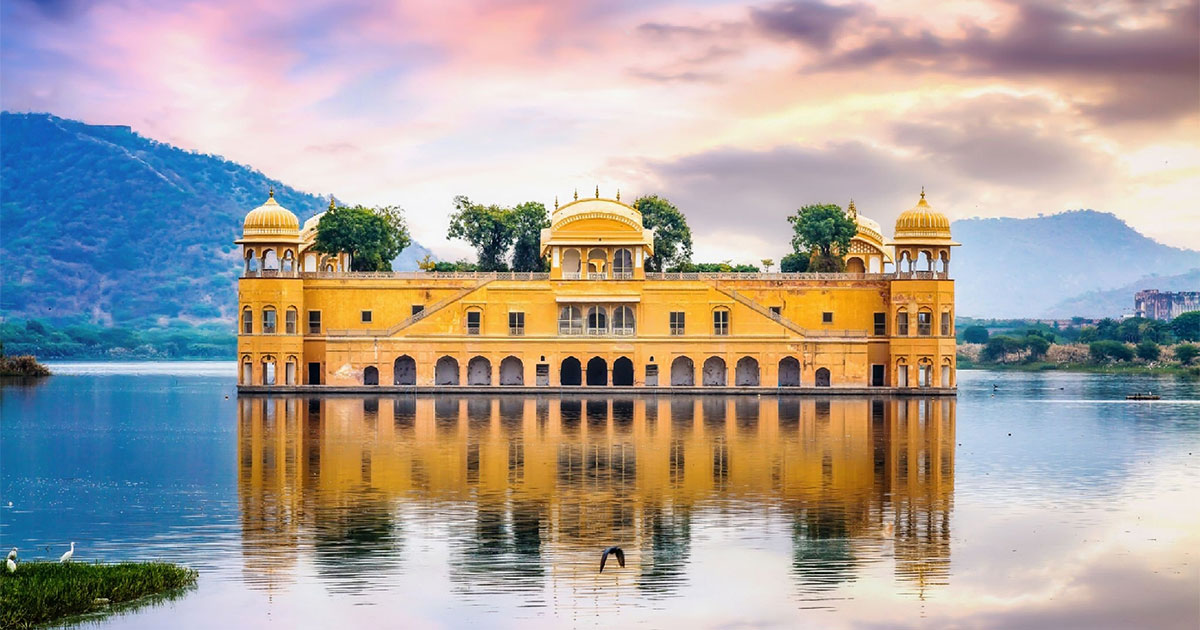
Jal Mahal
Jal Mahal is a palace in the middle of the man-made Man Sagar Lake in Jaipur. Raja Man Singh constructed both the palace and the lake in 1610 damming River Dravyavati, which was later enlarged in the 18th century by Maharaja Jai Singh II of Amber. Jal Mahal palace is an architectural showcase of the Rajput style of architecture with a picturesque view of the lake. Built in red sandstone, it is a five-storied building, of which four floors remain underwater when the lake is full with the top floor exposed.
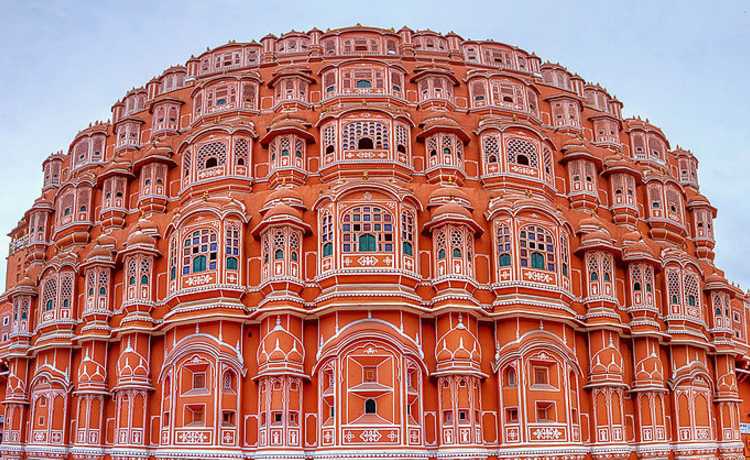
Hawa Mahal
The Hawa Mahal is a palace in Jaipur. Built with the red and pink sandstone by Maharaja Sawai Pratap Singh in 1799, It is on the edge of the City Palace and extends to the ‘Zenana’ or women's chambers. It is a 50 feet high, five-storey, pyramidal monument built akin to a honeycomb with its 953 small windows called Jharokhas decorated with intricate latticework. The original intent of the lattice design was to allow royal ladies to observe everyday life and festivals celebrated in the street below without being seen, since they had to obey the strict rules of "purdah", which forbade them from appearing in public without face coverings. This architectural feature also allowed cool air from the Venturi effect to pass through, thus making the whole area more pleasant during the high temperatures in summer. The palace is an extended part of a huge complex. The stone-carved screens, small casements, and arched roofs are some of the features of this popular tourist spot.
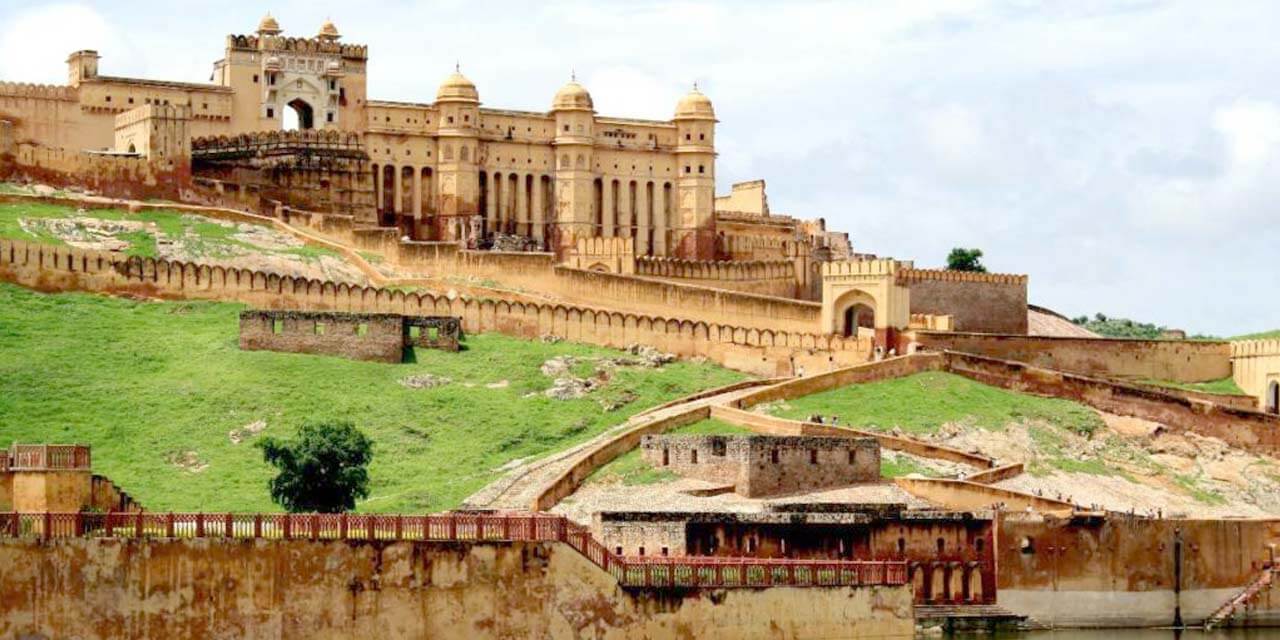
Jaigarh Fort
Jaigarh Fort is situated on the promontory called the Cheel ka Teela (Hill of Eagles) of the Aravalli range; it overlooks the Amer Fort and the Maota Lake, near Amer in Jaipur. The fort was built by Jai Singh II in 1726 to protect the Amer Fort and its palace complex and was named after him. The fort features a cannon named "Jaivana”, which was manufactured in the fort precincts and was then the world's largest cannon on wheels.

Nahargarh Fort
Nahargarh Fort built mainly in 1734 by Maharaja Sawai Jai Singh, stands on the edge of the Aravalli Hills, overlooking the city of Jaipur. Along with Amer Fort and Jaigarh Fort, it once formed a strong defense ring for the city. The fort originally named Sudarshangarh became known as Nahargarh, which means 'abode of tigers' and was constructed as a place of retreat on the summit of the ridge above the city. Walls extended over the surrounding hills, forming fortifications that connected this fort to Jaigarh
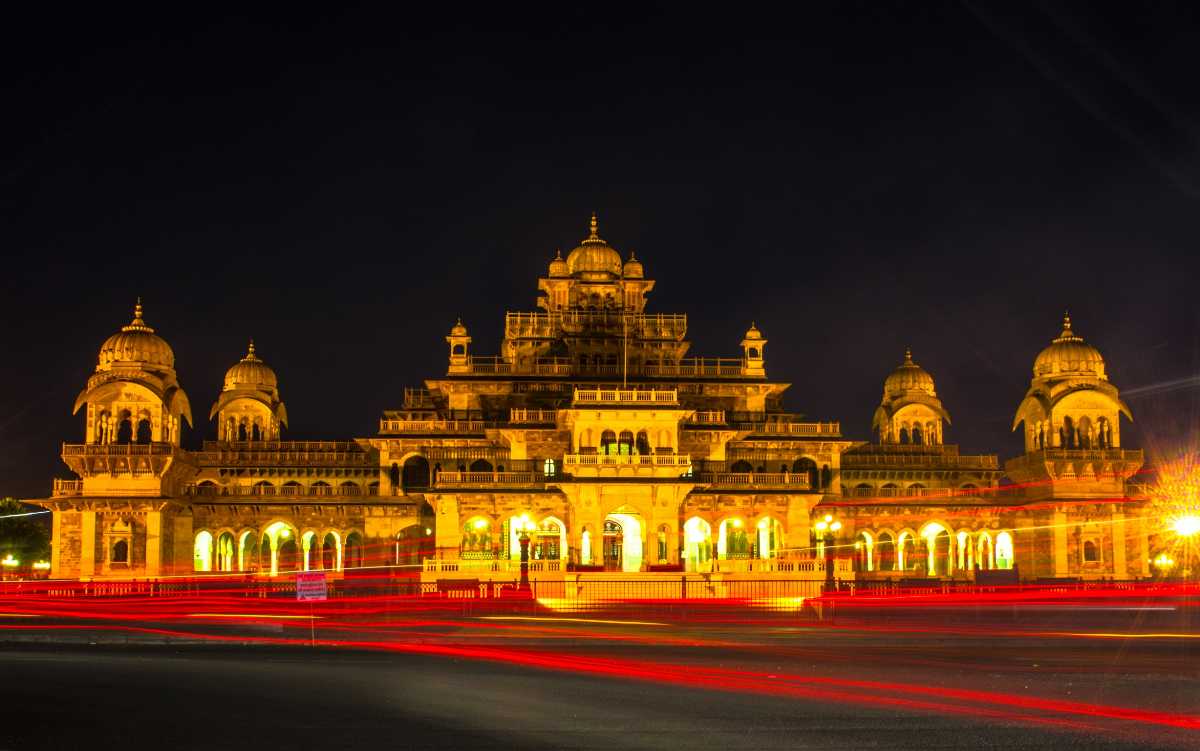
Albert Hall
The Albert Hall Museum in Jaipur is the oldest museum of the state and functions as the state museum of Rajasthan. The building, a fine example of Indo-Saracenic architecture got its name from the Victoria and Albert Museum of London, because of the similarity of architecture. Opened as a public museum in 1887, it was initially planned as a town hall, but later Madho Singh II decided it should be a museum for the art of Jaipur and included as part of the new Ram Nivas Garden.The museum has a rich collection of artifacts including paintings, jewelry, carpets, ivory, stone, metal sculptures, and works in crystal. The collection includes coins from the Gupta, Kushan, Delhi Sultanate, Mughal and British periods. An Egyptian mummy is the main attraction of this museum.
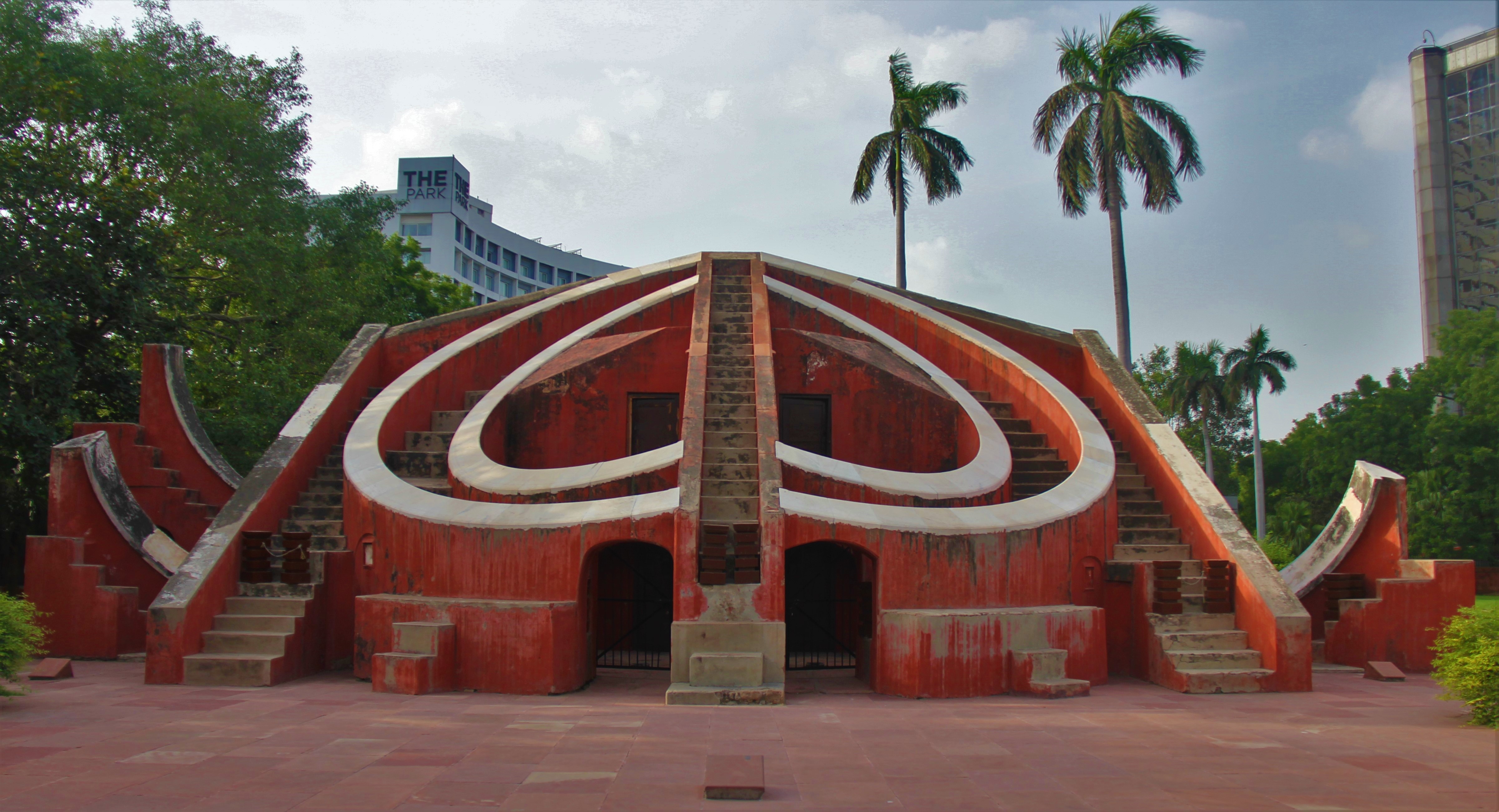
Jantar Mantar
Located near City Palace and Hawa Mahal, the Jantar Mantar, a UNESCO World Heritage site, is a collection of nineteen architectural astronomical instruments built by the Kachwaha Rajput king Sawai Jai Singh II, the founder of Jaipur. The monument, built from local stone and marble, bronze tablets, bricks and mortar was completed in 1734 and features the world's largest stone sundial. The monument spread over about 18,700 square metres gets its name from jantar, "instrument, machine" and mantar, "consult, calculate". Therefore, Jantar Mantar literally means 'calculating instrument'.